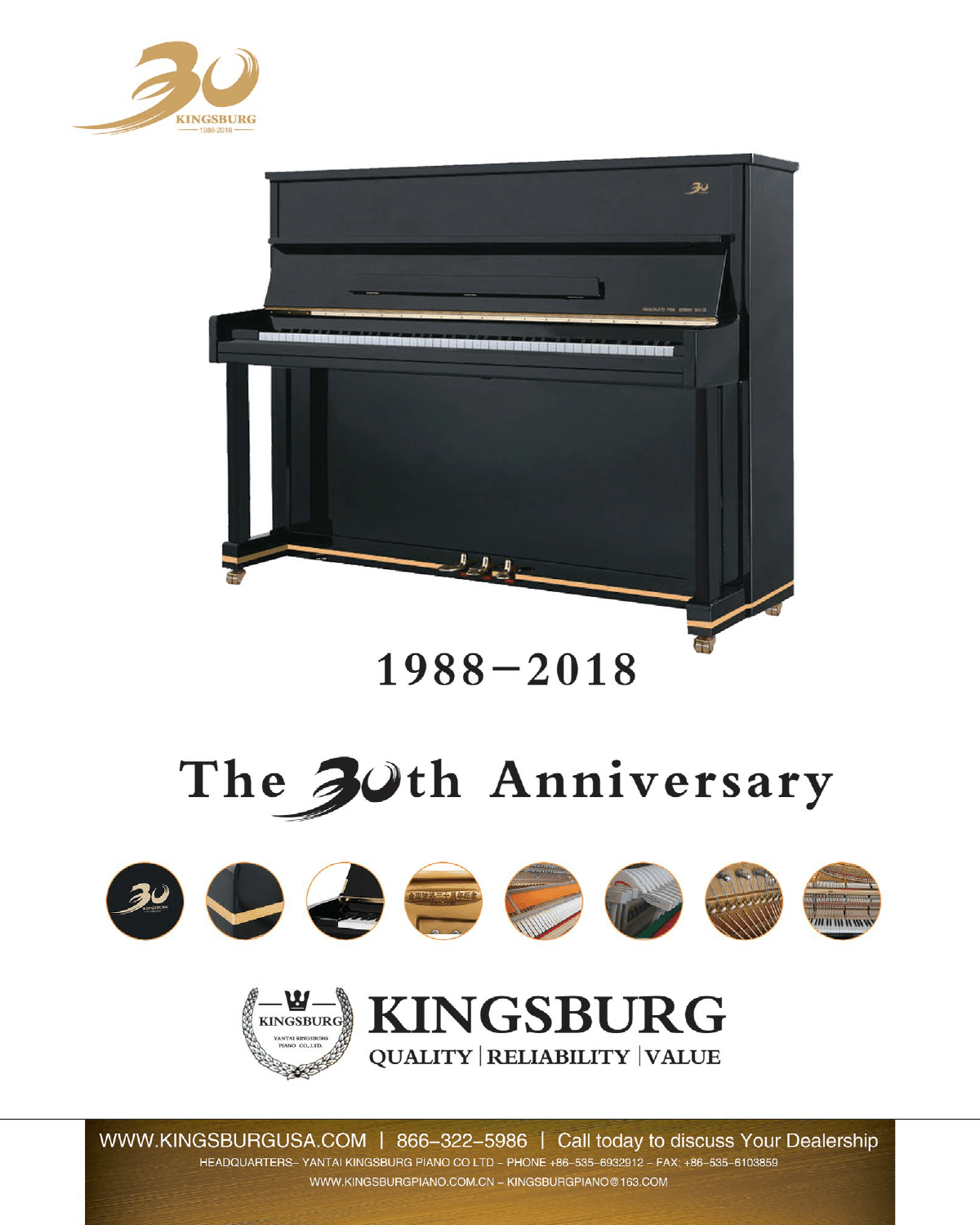
Advanced pianists tend to prefer a touch that is moderately firm because it provides better control than a very light touch, and strengthens the muscles. Too light a touch, even for a beginner, can cause laziness, but too firm a touch can be physically harmful over time. The touch of most new pianos today is within a reasonable range for their intended audience, but the touch of older pianos can vary a lot, depending on condition. A piano teacher may be able to assist in evaluating the touch of a piano for a beginner, particularly if considering an entry-level or used piano.
Piano tone is also very complex. The most basic aspect of tone, and the one most easily changed, is its brightness or mellowness. A bright tone, sometimes described by purchasers as sharp or loud, is one in which higher-pitched overtones predominate. A mellow tone, sometimes described as warm, dull, or soft, is one in which lower-pitched overtones are dominant. Most pianos are somewhere in between, and vary from one part of the keyboard to another, or depending on how hard one plays. The key to satisfaction is to make sure that the tone is right for the music you most often play or listen to. For example, jazz pianists will often prefer a brighter tone, whereas classical pianists will often prefer one that is mellower, or that can be varied easily from soft to loud; i.e., that has a broad dynamic range. However, there is no accounting for taste, and there are as many exceptions to these generalizations as there are followers. A piano technician can adjust the brightness or mellowness of the tone to a limited degree through a process known as voicing.
Another aspect of tone to pay attention to is sustain, which is how long the sound of a note continues at an audible level while its key is depressed before disappearing. Practically speaking, this determines the ability of a melodic line to “sing” above an accompaniment, especially when played in the critical mid-treble section.
Most pianos will play loudly quite reliably, but providing good expression when played softly is considerably more challenging. When trying out a piano, be sure to play at a variety of dynamic levels. Test the action with your most technically demanding passages. Don’t forget to test the pedals for a sensitivity commensurate with your musical needs.
Previous Topic Next Topic